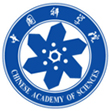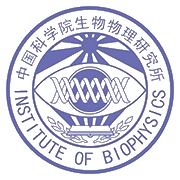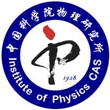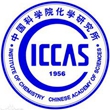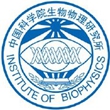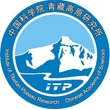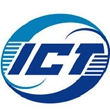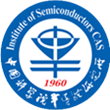Sessions 6:Technological Sciences
Xueming Yang
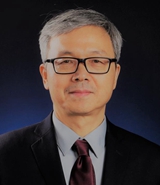
Character introduction
Xueming Yang obtained his Ph.D. in chemistry at University of California at Santa Barbara in 1991. He did postdocs at Princeton and UC Berkeley from 1991 to 1995. He then became an associate research fellow at the Institute of Atomic and Molecular Sciences in Taipei and was promoted to be a tenured full research fellow in 2000. He moved to Dalian Institute of Chemical Physics, Chinese Academy of Sciences in 2003, he is now a distinguished institute fellow. He is now also a Chair Professor at SUSTech. His main research focus is in the area of physical chemistry and chemical physics, especially chemical dynamics in gas phase and at interfaces. He has developed a new generation of molecular beam instruments for quantum reaction dynamics studies, especially on quantum reaction resonances and geometric phase effects in chemical reactions. Over the last decade or so, he has developed new experimental tools to investigate surface photocatalysis that allows us to understand photocatalytic elementary reactions at single molecule level. In recent years, he has led a successful effort to build a new VUV free electron laser at Dalian for molecular and chemical sciences. He has published more than 300 research papers, including 13 papers in Science and Nature. Prof. Yang has received numerous research awards including the Humboldt Research Award, Tan Kah Kee Science Award and National Natural Science Award. He is an elected member of Chinese Academy of Sciences, a fellow of American Physical Society and Royal Society of Chemistry.
Topic: Development of VUV Free Electron Laser and its Application in Chemical and Molecular Sciences
Abstract A new and high quality vacuum ultraviolet free electron laser facility, the Dalian Coherent Light Source (DCLS), from 50 to 150 nm has been developed in Dalian. Longitudinally tapered undulator technology are applied in this FEL facility for generating high brightness VUV FEL light. Intense near Fourier transformed limited VUV laser light has been generated in the targeted VUV region with good spectral and intensity stability. These qualities are very useful for applications in many areas of research. Initial results using this light source demonstrate its power in selective excitation and detection of molecules and radicals. In this talk, I will present the details of this new facility and will also discuss its interesting application of VUV H2O photochemistry and neutral water cluster spectroscopy of the water molecule. At the end of the talk, I will discuss briefly other possible important applications in chemical and molecular sciences of this facility and a new exciting plan to develop high repetition VUV FEL in Dalian.
Previous Steven G. Louie
Next Vigor Yang
